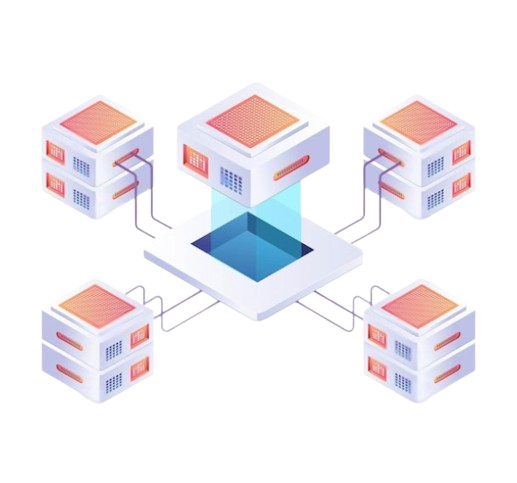H
i
g
h
A
v
a
i
l
a
b
i
l
i
t
y
A v a i l a b i l i t y
- Downtime reduction
- SLA next to 100%
- Continuity of service
- High-level performance
- Stable and Scalable
- Secure data
HIGH AVAILABILITY
Elements of high-availability
- Redundancy
- Replication
- Failover
High-availability IT infrastructure features hardware redundancy, software and application redundancy, and data redundancy. Redundancy means the IT components in a high-availability cluster, like servers or high availability database, can perform the same tasks.
Data replication is necessary to achieve high availability. The same nodes in a cluster must exchange and replicate data. To ensure that any node can step in and deliver the best possible service in the event that the high availability web server or network device it is supporting fails, the nodes must interact with one another and share the same information. In order to help maintain high availability and business continuity in the event that a data center fails, data can also be copied between clusters.
A high-availability cluster experiences a failover when a task carried out by the failed primary component switches to a backup component. Maintaining an off-site failover system is a best practice for high availability and disaster recovery. When crucial primary systems fail or become overloaded, IT managers can immediately move traffic to the failover system by keeping an eye on their condition.
Why is a HA infrastructure necessary?

Reliable Accessibility
By prioritizing accessibility and reliability, you not only enhance user satisfaction and loyalty but also safeguard your brand reputation and competitiveness in the market.
Ensuring High Performance
Downtime is unaffordable, and service disruptions are your worst nightmare because part of your work involves ensuring high performance.
Zero Tolerance
By using effective traffic management tactics and leveraging relevant technology, you can maintain your website’s reliability, speed, and stability.
Application Management Excellence
Managing your applications effectively is crucial for ensuring smooth operation and optimal performance.
High Availability Clusters

High availability vs IT disaster recovery?
IT Disaster Recovery refers to the policies, tools, and procedures that IT organizations should adopt to bring critical IT components and services back online after a disaster. An example of a cyber disaster is the destruction of a data center as a result of a natural event, such as a major earthquake.

Enhance Your Brand's Potential with High Availability Solutions
Highly Available Load Balancer
In a single-node deployment, a single HA load balancer performs all management functions and collects and processes all analytics. In a high-availability load-balancing cluster, additional nodes provide node-level redundancy for the load-balancing controller and optimize performance for CPU-intensive scans.
